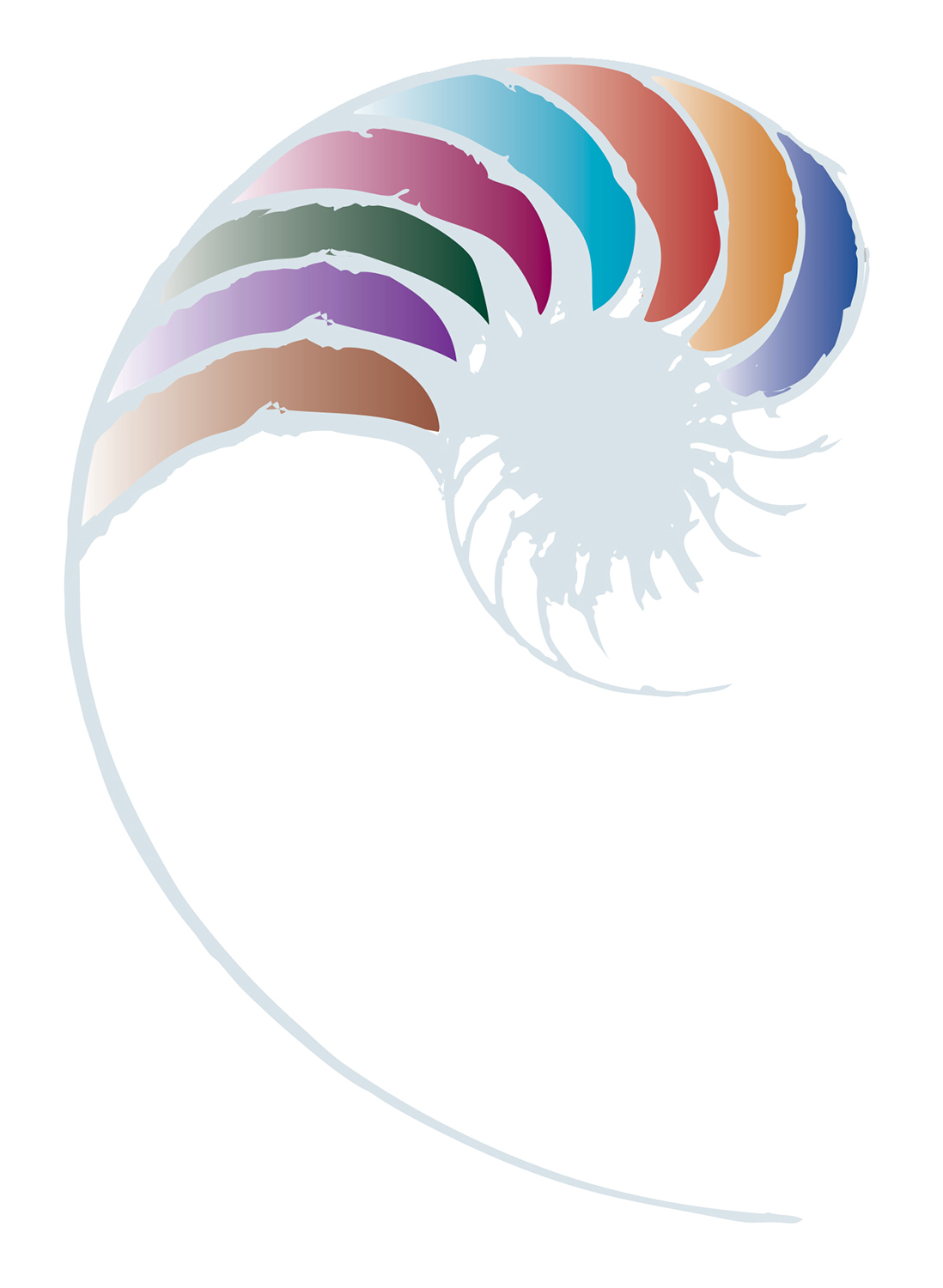Ngā reo me te reo matatini
Language and Literacy
Learn about the importance of language and literacy and how they strengthen the wellbeing, sense of belonging, and learner identity of all tamariki within Aotearoa.

- What is language and literacy?
- Why language and literacy matter
- Language and literacy in practice
Languages are the means by which we think and communicate with each other.
Literacy is how we make sense of that communication. The ability to make sense of visual and oral texts is as important as reading and writing print. The term “multiliteracies” reflects that ideas are communicated in a combination of ways.
Each culture will use and express language in different ways. Increasingly, children are likely to be learning in and through more than one language. Located in Aotearoa New Zealand, the vision of Te Whāriki implies a society that recognises Māori as tangata whenua, assumes a shared obligation for protecting Māori language and culture, and ensures that Māori are able to enjoy educational success as Māori.
Besides English, te reo Māori, and New Zealand Sign Language (NZSL), some 200 different languages are in use in New Zealand, with Samoan, Hindi, Northern Chinese, French, and Yue (Cantonese) being the most common. Children more readily become bi- or multilingual and bi- or multiliterate when language learning in the education setting builds on their home languages.
Languages and literacy can consist of:
- written and oral words and sentences
- gestures and non-verbal communication
This includes
- whakairo on the wharenui (carvings)
- stars, sun, and moon as tohu (symbols)
- mataora (traditional Māori facial tattoo)
- waiata and karakia
- siva, kapa haka, dance, and rhytthm
- drama, storytelling, and pūrākau Māori
- visual imagery, tukutuku panels, tapa designs, tivaevae designs, and kowhaiwhai patterns
- mandala designs

Related resources
About this resource
This resource looks at what language and literacy are, why they matter, and what they look like in practice. Along with this are other resource suggestions to explore.










